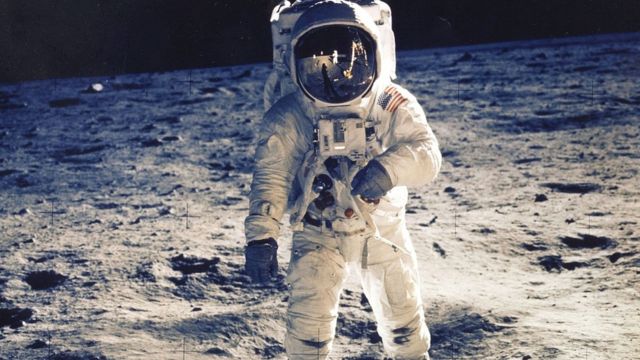
/851512-resize-56a48d825f9b58b7d0d7828a.jpg)
Collecting Moon Rocks describes the tools and procedures used by the Apollo astronauts to collect lunar samples.After the Moon cooled and solidified, small portions of the Moon remelted to form the basalts found at the Apollo 11 landing site and other parts of the Moon, in some cases more than a billion years after the Moon formed. The magma ocean stage occurred 4.3 to 4.5 billion years ago, during the Moon’s initial formation. The magma ocean hypothesis of an early, molten Moon was first developed from studies of the chemistry of Apollo 11 samples, although the term “magma ocean” was not actually used until a few years later. The plagioclase-rich anorthosite floated on the magma ocean like icebergs in the Earth's oceans. This stage in lunar history is now known as the magma ocean. On the Moon, it is believed that the anorthosite layer in the highland crust formed very early in the Moon's history when much of the Moon's outer layers were molten. On later missions, the crews were specifically trained to look for large samples of anorthosite, with important samples being returned by Apollos 15 and 16. On Apollo 11, small fragments of anorthosite were found in some of the breccias. It is very rare to find rocks on Earth that are virtually pure plagioclase. The lunar highlands are primarily a light-colored rock known as anorthosite, which consists primarily of the mineral plagioclase.

The rock fragments in these breccias can include both mare basalts as well as material from the lunar highlands. Many fragments can be seen in the breccia photograph shown above. The Apollo 11 samples are referred to as regolith breccias because they formed by fusing material from the lunar regolith at the landing site. The heat and pressure of such impacts sometimes fuses small rock fragments into new rocks, called breccias. These impacts have broken many rocks up into small fragments. Over its long history, the Moon has been bombarded by countless meteorites. The discovery of basalt, which was once molten magma, disproved this hypothesis.īreccias are rocks that are composed of fragments of older rocks. Prior to the lunar landings, some scientists thought that the Moon might have always been a cold, undifferentiated body. The basalts found at the Apollo 11 landing site range in age from 3.6 to 3.9 billion years and were formed from at least two chemically distinct magma sources. Another titanium-bearing mineral, armalcolite, was first discovered in the Apollo 11 samples and was named for the first syllables of the last names of the three Apollo 11 astronauts. As a result, the mineral ilmenite is abundant in Apollo 11 basalts. One difference is that the Apollo 11 basalts contain much more of the element titanium than is usually found in basalts on Earth. The basalts found at the Apollo 11 landing site are generally similar to basalts on Earth and are composed primarily of the minerals pyroxene and plagioclase. Basalts are generally dark gray in color when one looks at the Moon in the night sky, the dark areas are basalt.

On Earth, basalts are a common type of volcanic rock and are found in places such as Hawaii. This was one of the major scientific findings of the Apollo 11 mission.īasalts are rocks solidified from molten lava. However, small but important fragments of the Moon’s highland crust were found in some Apollo 11 breccias and were interpreted as evidence for an early “magma ocean” on the Moon. Apollo 11 mainly collected basalts and breccias. The overall set of lunar samples collected during the Apollo program can be classified into three major rock types, basalts, breccias, and lunar highland rocks. These samples contain no water and provide no evidence for living organisms at any time in the Moon's history. In all, astronauts collected 21.6 kilograms of material, including 50 rocks, samples of the fine-grained lunar regolith (or "soil"), and two core tubes that included material from up to 13 centimeters below the Moon's surface. This sample has a mass of 213 grams and is up to 8 centimeters across.Īpollo 11 carried the first geologic samples from the Moon back to Earth.


 0 kommentar(er)
0 kommentar(er)
